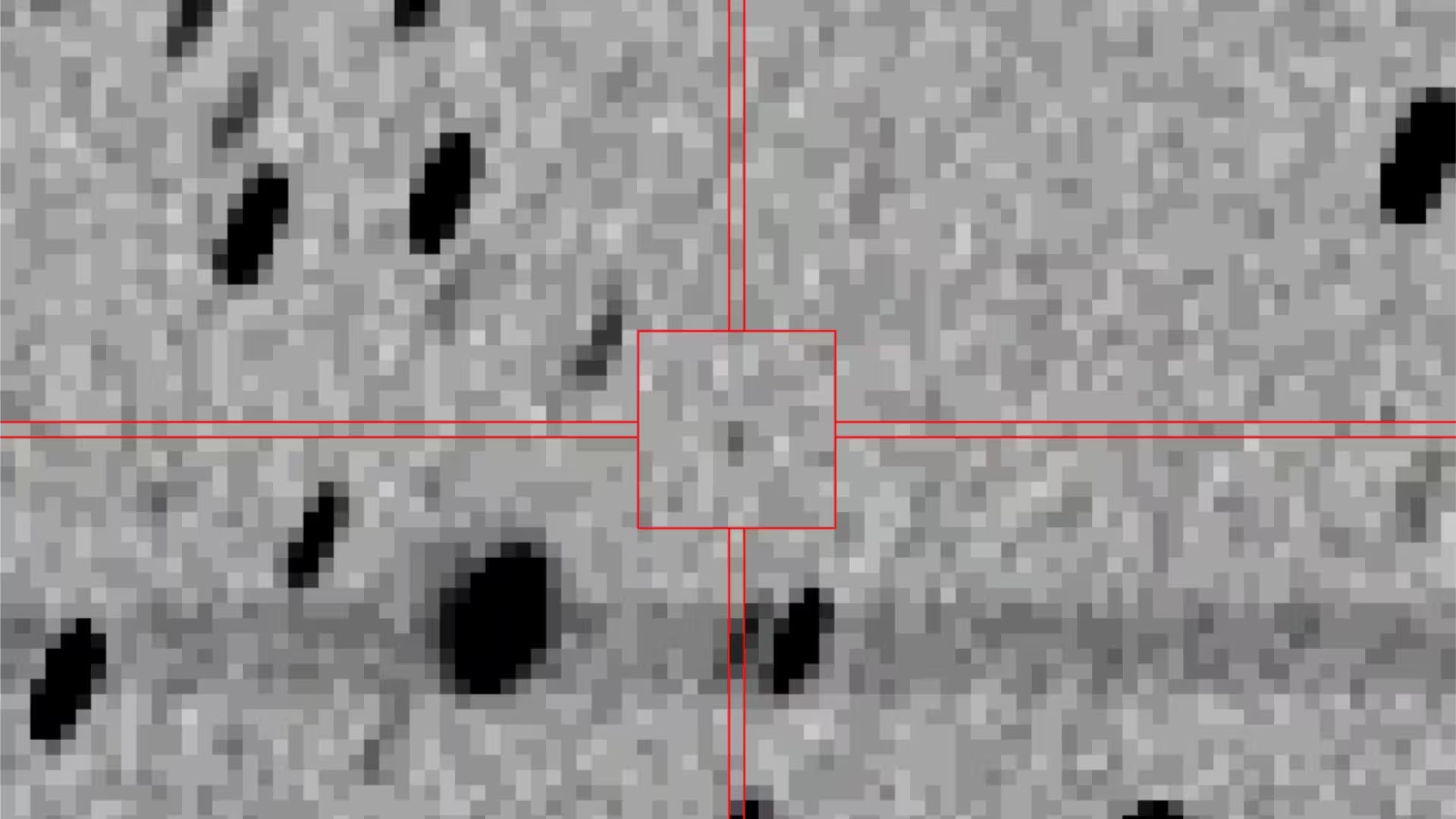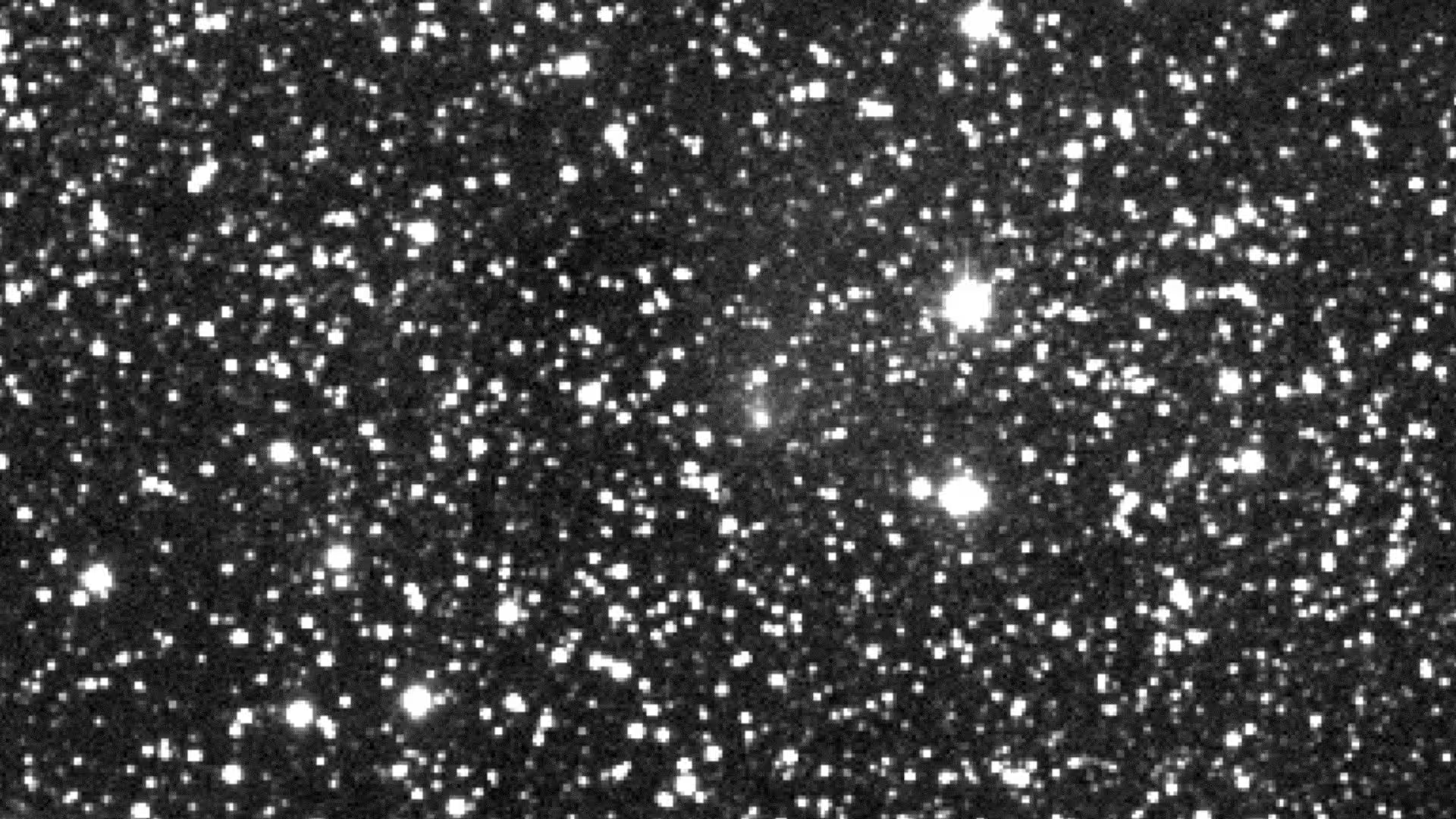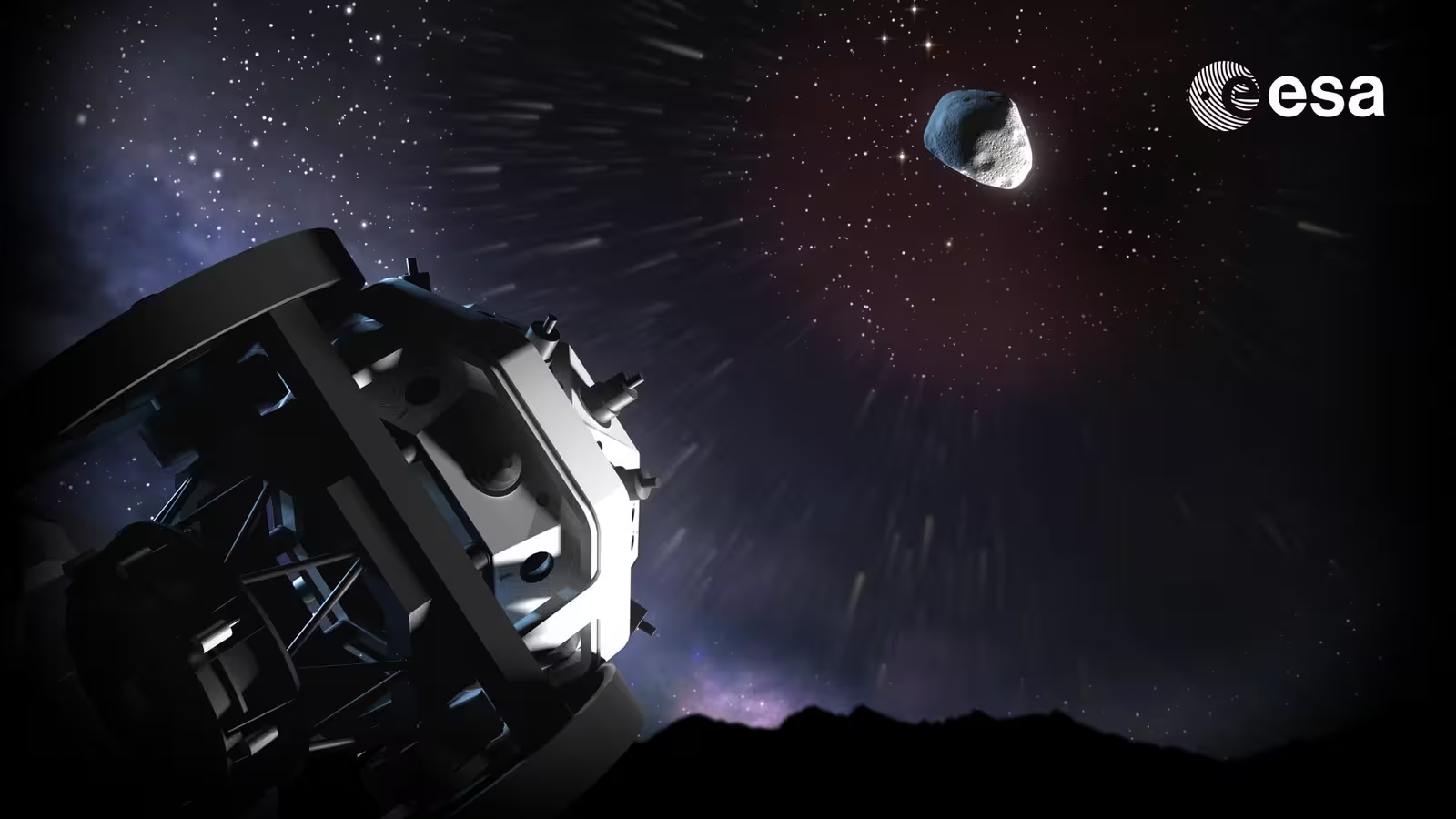5 Minutes
Introduction: Advanced Eyes on the Sky
As threats from space such as asteroids and comets remain a persistent concern for Earth, astronomers and space agencies worldwide are racing to enhance our planetary defense capabilities. In an innovative leap, the European Space Agency (ESA) has developed the Flyeye telescope network—an array of futuristic observatories directly inspired by the compound eyes of insects. This groundbreaking system is designed to dramatically expand our ability to detect near-Earth objects (NEOs) that could threaten civilization.
Biology Meets Astronomy: The Compound Eye Concept
The visual prowess of insects like flies is owed to their compound eyes—organs made of many small, independent visual units that allow simultaneous wide-angle detection. Flies, along with many arthropods and crustaceans, use this evolutionary adaptation to sense movement from all directions, making them incredibly responsive to threats. ESA engineers have mirrored this biological feature in the Flyeye telescopes, creating devices that ‘see’ space with unprecedented breadth and sensitivity.
Why Compound Eyes Inspire Telescopes
Traditional telescopes offer highly detailed but relatively narrow views of the sky. In contrast, the compound-inspired optics of Flyeye telescopes split incoming light into multiple channels, each guided by secondary lenses onto separate digital detectors. This hardware includes a single main mirror and a pyramid-shaped beam splitter with 16 angled facets, each directing light into its own tube and camera. The result: a field of view many times wider than conventional telescopes, enabling simultaneous scanning of large swaths of the night sky for fast-moving or faint objects.

Project Flyeye: Mission, Design, and Operations
ESA’s Flyeye will ultimately comprise four autonomous telescopes distributed globally. Their principal mission is the systematic, automated search for hazardous asteroids and comets over 40 meters (131 feet) in size—objects large enough to cause regional or even global destruction in the event of a collision with Earth. Operating overnight and without direct supervision, these telescopes continuously monitor the sky for any evidence of new or previously undetected NEOs.
How Flyeye Detects Dangerous Space Objects
Each Flyeye telescope captures images of different sky regions in rapid succession, analyzing the data using advanced software capable of spotting the characteristic motions of NEOs. The software automatically flags potential threats, which are then reviewed by human operators. Any significant discoveries are forwarded to the international Minor Planet Center, triggering further observations and computations to plot their trajectories and assess collision risk. This layered approach ensures faster, more reliable detection compared to traditional manual surveys.

Technical Innovations and Field of View
The inaugural Flyeye telescope, Flyeye-1, boasts a one-meter diameter and a 45-square-degree field of view—each unit of which covers an area about four times the apparent diameter of the Moon as seen from Earth. In total, Flyeye-1 can scan a region of the sky 200 times the size of the full Moon in one sweep, a remarkable feat given that most telescopes of comparable size have much narrower coverage. This expanded field dramatically increases the chances of spotting potentially dangerous objects with enough time for response measures.
Deployment and Testing: Flyeye-1’s First Light
The first Flyeye telescope was assembled atop Italy’s Monte Mufara in Sicily, a location chosen for its clear skies and strategic value. Initial tests were conducted at the Italian Space Agency’s Space Geodesy Centre, where Flyeye-1 has already achieved its ‘first light’—the crucial milestone when a telescope makes its initial observations of the cosmos. Early test images demonstrate the system’s operational promise and validate ESA’s innovative approach, providing confidence that full scientific operations are within reach.
Expansion Plans and Global Coverage
While Flyeye-1 undergoes commissioning, ESA is building Flyeye-2, slated for deployment by 2028. The locations of the remaining two telescopes in the network are still under review, but ESA confirms plans to distribute them across both the northern and southern hemispheres. This global arrangement ensures comprehensive monitoring, crucial for tracking NEOs approaching from any direction.

Broader Significance and Future Prospects
The Flyeye project stands as a testament to biomimicry in space science, turning nature-inspired design into a potent tool for planetary defense. Combining automation, innovative optics, and international collaboration, the Flyeye network will offer early warning days to weeks before a hazardous object’s potential impact—a significant improvement over existing methods. According to ESA, these advancements could ultimately provide humanity with the time necessary to prepare for, or even prevent, catastrophic impacts.
Though the system currently focuses on objects of 40 meters and larger, future upgrades and international partnerships may extend its sensitivity and operational reach. These telescopes could also gather valuable data for astronomy, asteroid mining prospects, and public science education.
Conclusion
ESA’s Flyeye network marks a transformative step forward in monitoring and defending our planet from hazardous near-Earth objects. By fusing biological inspiration with state-of-the-art optical engineering, Flyeye promises earlier detection and a stronger planetary defense against cosmic threats. As the next telescopes are built and deployed across the globe, this compound-eyed network will watch the skies, helping to secure Earth’s future and advancing international space science.
Source: autoevolution



Comments